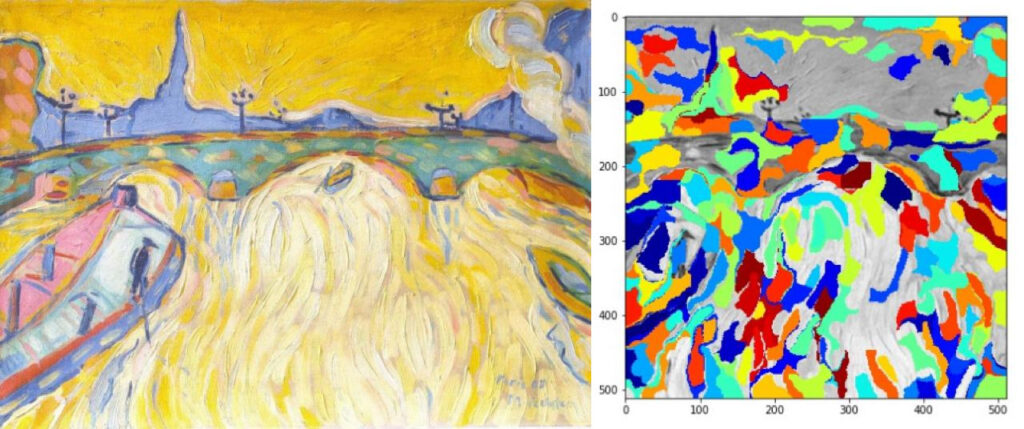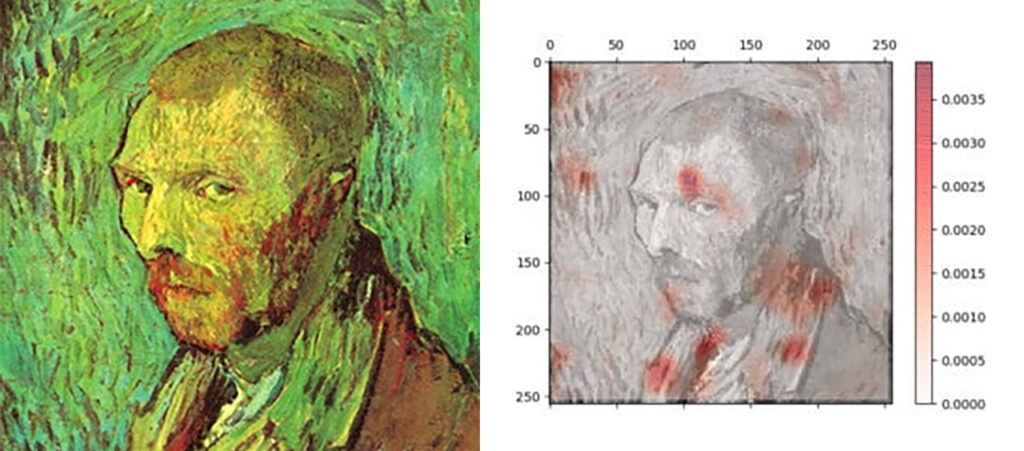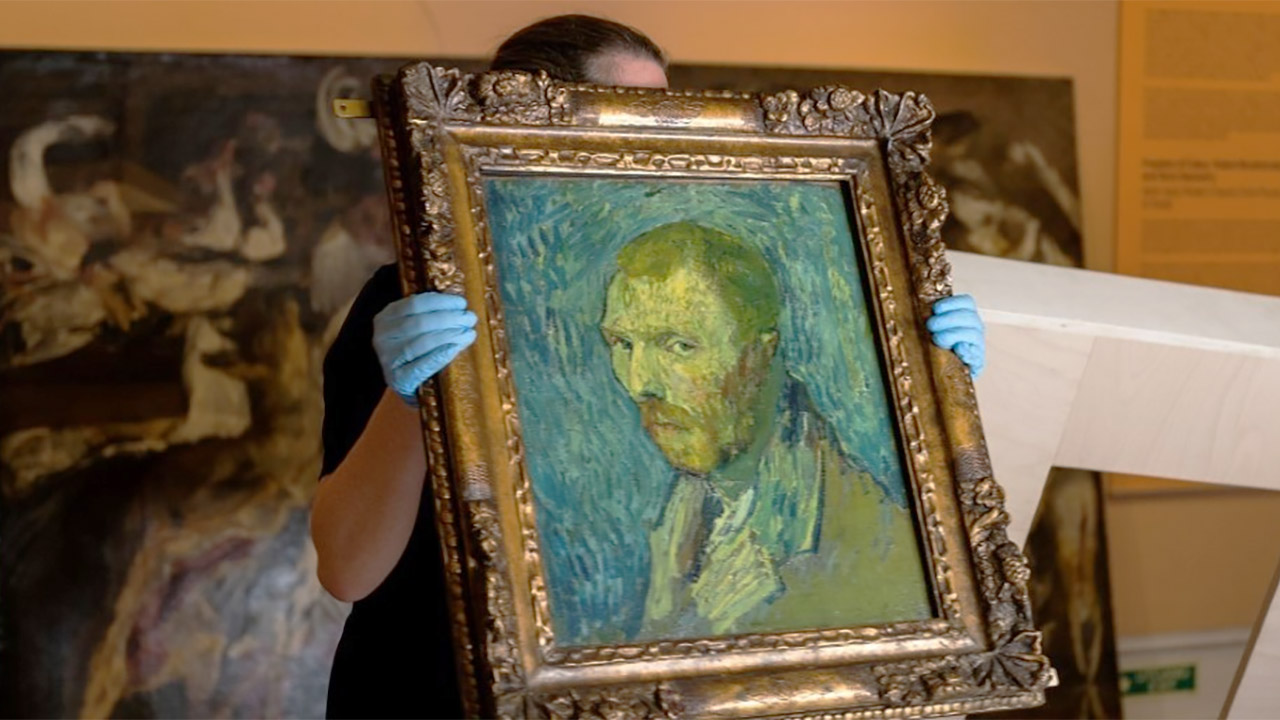For as long as there has been art, there have been art forgeries. From Goya’s “Colossus” to Da Vinci’s “Salvator Mundi”, questions surrounding authenticity and authorship have dogged art commerce for years, impacting players from art buyers to auction houses to cultural institutions (a 2011 estimate put the amount of fake art in UK museums at 20 percent). The stakes are high and art authentication, then and now, performs a critical role in the art ecosystem.
While authenticators today have access to new technologies like radiometric dating and gas chromatography, artificial intelligence (AI) is emerging as a convenient, cost-effective, and pretty accurate tool to assess a work’s authenticity.
Since 2019, Swiss art authentication company, Art Recognition, has been offering exactly such an AI-assisted service. The company’s AI took a year to develop, and now, is able to determine a piece’s authenticity simply with a clear-enough smartphone photo.
For Dr. Carina Popovici, Co-Founder of Art Recognition, using AI to authenticate art seemed like a natural decision. “During the past decade AI models have demonstrated their value in a large number of industries, and we see no reason why art should be an exception,” she says. She adds that the wider availability of large scale data, strong graphics processing units, cloud computing, and data infrastructures have made it easier to train and design the company’s AI.

By analyzing the directionality of brush strokes in the controversial Max Pechstein painting, “Seine Bridge with Freight Barges,” Art Recognition’s algorithm found it to be a counterfeit. Image: Art Recognition
Art Recognition has also made good on its promise. In 2019, its algorithm was used on a contested 1889 Van Gogh self-portrait at the Norwegian National Museum. After being fed hundreds of original images (original and counterfeit Van Goghs), the AI pinpointed portions of the painting, highlighted in a generated heat map, that were key to assessing its authenticity to a probability of 97 percent. In another instance, Art Recognition’s AI was applied to a Max Pechstein painting — which may or may not have been the work of German forger Wolfgang Beltracchi. Based on the painting’s brushstrokes, the AI found, with a 94 percent probability, that it was “not-authentic.”
Christianne Hoppe-Oehl, also a Co-Founder of Art Recognition, spoke to Jing Culture & Commerce about how AI could impact the future of art authentication.
How does the authentication AI program exactly work?
I think it’s similar to how an art expert works. We train the algorithm for an artist and we give as many as possible images to the algorithm. The algorithm finds typical structures features, brushstrokes — it looks for thousands of possible common features and saves them. And then when we have an image of a painting people are unsure about, the computer does the comparison, whether it matches to what it has learned or not.

To assess the authenticity of a 1889 Van Gogh self-portrait housed at the Norwegian National Museum, Art Recognition’s AI was trained on a large dataset of original and fake Van Gogh paintings, before it generated a heat map that highlighted portions of the painting that were key to its analysis. Image: Art Recognition
Is AI a common tool that’s used for art authentication?
Not at all. In the art industry, what is usually used is an expert for each and every artist, sometimes a committee, and they often look into provenance, chemical analysis forensics, ultra X-rays. I think it’s a niche not many people think about. The other thing is, it takes a lot of time to convince people that this should be used. I think it’s quite complicated to get into the market, especially for auction houses.
What do you think the biggest benefit AI brings to art authentication?
When we started out, we tried our program on known forgeries. For example, there’s Wolfgang Beltracchi, a German art forger who faked many different artists for decades. And with our tool, [Beltracchi’s work] came out as 85 to 87 percent probability fake. So the first thing we were wondering was why doesn’t [AI authentication] work in the art industry? I think our tool is easier to use, because very often [organizations] will just rely on an expert and then it’s just one human being, which is a little bit dangerous. And going into provenance and chemical analysis is cumbersome and takes a lot of time.
Our approach is quicker and the feedback we get is that it is hassle-free. Usually people have to ship their artwork, get insurance, go through customs — it’s quite complicated logistically. [Art Recognition] is much quicker and more objective than just having one human being give their opinion.



